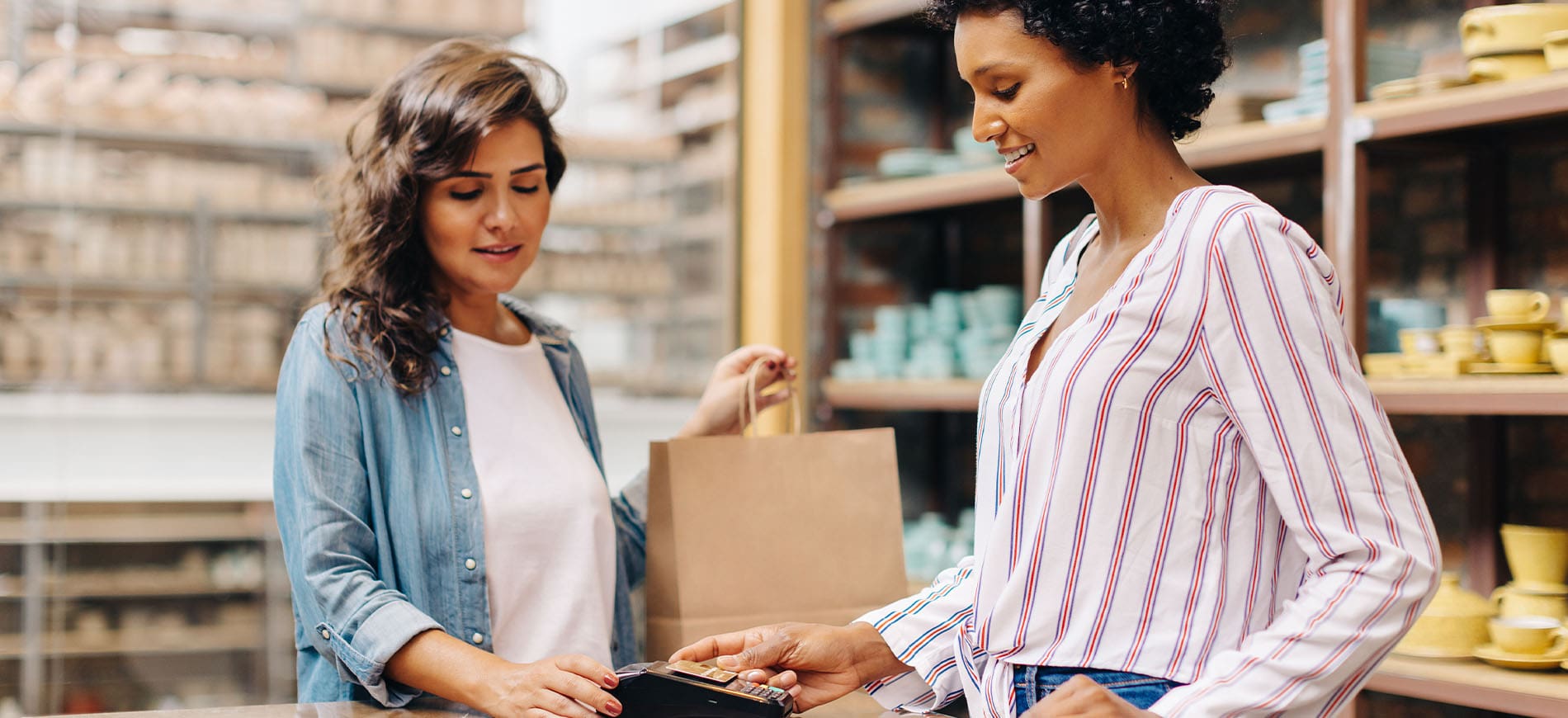COVID-19 has changed the world. But, it is not the first pandemic to alter the course of history. What can we learn from the past and what makes COVID-19 different?
COVID-19 is the first social-media pandemic, whose spread and impact are being chronicled on a minute-by-minute basis. While it is the most talked-about event for a generation, it is neither the most deadly nor the most devastating disease in history. Nor is it the only pandemic with an accompanying written narrative.
However, putting the pandemic in the context of other global events will help consumers and businesses understand what the future may hold. To be sure, the world has changed with the arrival of the virus. And the world that will emerge as the virus dies down will be a very different place.
COVID-19 traveled fast
The global economy, and the relative ease with which goods, services, and people can move between countries, gave COVID-19 the conduit to be carried to almost every country on every continent, and in a very quick period of time.
COVID-19 is not the only virus to hitch a ride on people who enjoy the ease of airplane travel, HIV/AIDS, SARS, H1N1, and other recent epidemics also moved quickly, carried by people flying on well-established flight paths around the globe.
Earlier pandemics spread more slowly and killed more people
Earlier pandemics found their way around the globe through more traditional means of transportation. They were spread over such established trade routes as the Silk Road, moving from region to region on the clothing of merchants and the backs of pack animals.
For example, the Spanish flu is likely to have been spread via rail as soldiers and merchants moved through North America and war-torn Europe. Its slow spread spared few people: it is estimated to have infected about 500 million people or one-third of the world’s population. The number of deaths was estimated to be at least 50 million worldwide.
Earlier plagues were even more destructive: the Black Death killed 30-50% of Europe’s population (about 50-100 million people) between 1347 and 1351.
The Spanish flu has become a “point of comparison” for contextualizing COVID-19
Many look to the well-documented Spanish flu as a point of comparison for COVID-19. That flu hit the world at an especially challenging time – the end of World War I.
European nations and their global allies lost much of a generation of young men to the war. And the Spanish Flu attacked what remained of that group, more so than the young and the old, typically the groups most likely to fall to viruses. The disease’s ability to strike the youth a second time in such close proximity was especially challenging.
Not only was the human situation different, so too were their surroundings. Major European cities were just starting to rebuild after four years of bloody warfare and devastation. But even in countries whose infrastructure was untouched during the war, such as the US, the Spanish flu made a major impact.
One of the biggest challenges going forward will be the continued need for physical distancing
As lock downs start to ease, it is natural to want to return to “old normal” behaviors. However, epidemiologists are warning against a wholesale return to the old ways, which could reboot the cycle of infection and transmission, a lesson learned from the behaviors after the Spanish flu.
The need for social contact is important. Consumers can be cautious, and their regret in having to cancel such shared experiences as travel, vacations and festivals shows consumers’ eagerness to rejoin their friends and family. By early May 2020, almost two in five consumers expressed concern about having to give up such plans. And moving forward will involve a group effort from governments, businesses and consumers to keep social distancing in effect.
Our sense of loss is strong
Right now, what the pandemic represents for consumers is loss. We have experienced a loss of freedom, a loss of security, and a loss of comfort. Consumers will enter the post-COVID-19 world feeling poorer financially and psychologically. However, what the pandemic will also bring to most consumers is a sense that they can, and will get beyond it.
Notably, some of the things that defined most Americans before the pandemic such as travel, no longer seem as important. Two-thirds of consumers consider “planning for a vacation” a lower priority now than pre-COVID, according to Mintel’s COVID-19 tracker data (May 14-21, 2020).
But there is an increased wish for family and togetherness: nearly half of consumers are looking forward to spending more time with family and friends once social distancing regulations are relaxed, Mintel’s COVID-19 tracker data (May 14-21, 2020). This suggests a desire to get back to a version of “normal” as soon as possible.
“Cleanliness theater” will show the tip of the “hygiene iceberg”
Hygiene will continue to be a focus going forward: More than two in five consumers agree that household products have become a more important spending priority since COVID-19. And, they are likely to expect the emphasis on hygiene to extend beyond their homes and include restaurants, retailers, and services from airports to hotels and parks.
The need for a reminder that hygiene measures are constantly being enacted suggests another analogy, this time with a human-driven catastrophe: after 9/11, airport security not only became more stringent, it also became more visible. Dubbed “security theater,” these more obvious reminders (armed officers, full-body X-ray scanning machines, and other mitigations) clearly demonstrated that the travelers were being protected.
“Cleanliness theater” will describe the need for ongoing – and visible – hygiene actions across industries to show consumers that they will be taken care of in restaurants and shops, and that the food they eat has been produced in the safest-possible surroundings.
We are all in this together
In 500 AD, when writing about the Plague of Justinian, the author Procopius said “Plagues don’t come for one tribe or another; they don’t smite a population because it’s gone astray; they’re neither divine punishment nor a sign of the Rapture.”
The reality of COVID-19 borrows from the ancient author: myriad slogans and posts today point to the need for a united approach to this unseen enemy.
Understanding that generations before us have experienced similar situations and persevered should encourage consumers, businesses and governments that this pandemic is also not the end. Sometimes a look back is the best way to take a step forward.





































